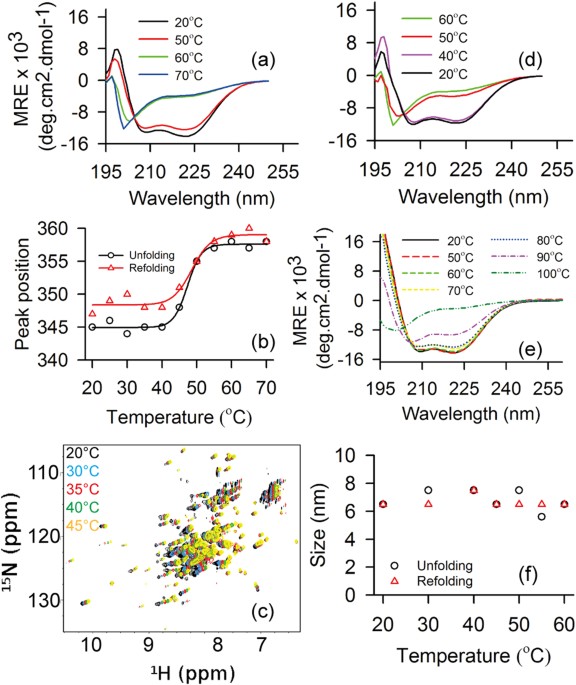- Select a language for the TTS:
- UK English Female
- UK English Male
- US English Female
- US English Male
- Australian Female
- Australian Male
- Language selected: (auto detect) - EN
Play all audios:
Sciatica resulting from disk herniation resolves in 70% of patients within 1 month, and in 90% of patients after 1 year, following nonsurgical treatment.1 Although sciatica is usually caused
by a mechanical abnormality, pathophysiologic considerations provide a sound rationale for local corticosteroid therapy; several lines of evidence suggest that biochemical factors might
contribute to sciatica.2 There is also evidence that such treatment should be initiated in the early stages of disease, in order to prevent persistent nerve-root pain caused by peripheral
and central sensitization.3
Epidural corticosteroid injection (ECI) has been part of the nonsurgical treatment of sciatica for nearly half a century, and is widely used in everyday clinical practice. Numerous
open-label studies have found that approximately 65% of patients see a benefit. A total of 15 prospective, randomized, controlled studies have been conducted to investigate this effect;4 of
these, six studies found that ECI was effective in relieving pain over a period of 7 days to 1 month (no effect was shown beyond one month of treatment). Only one study found that the
proportion of patients who returned to work within the first 3 months after treatment was higher in the ECI group than in the control group. None of the results suggested that the injections
were associated with a reduced need for surgical treatment. In the remaining nine studies, there were no differences between the ECI group and the control group.
Anyone you share the following link with will be able to read this content:
:max_bytes(150000):strip_icc():focal(599x0:601x2)/Victorious-Smith-missing-tout-041524-6d0dca6c169940c98a752fdd93a6b17d.jpg)




